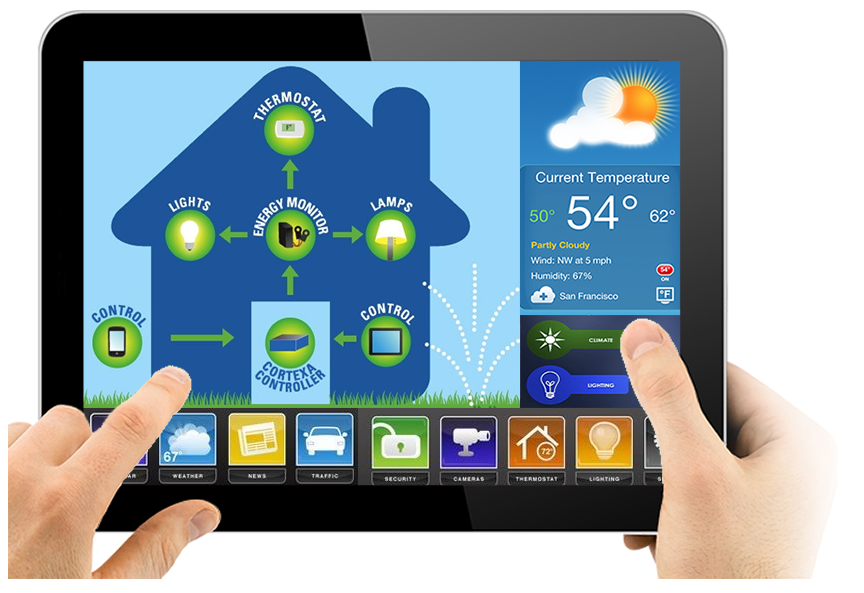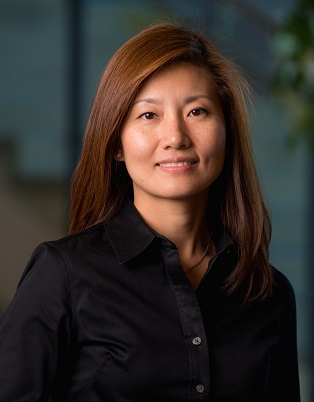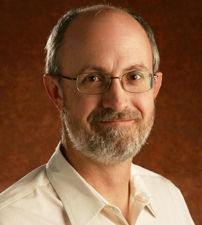What will buildings be like in 100 years? What is the long-term vision for buildings after net-zero energy and/or net-zero carbon buildings are achieved? How should resilience be integrated with other goals, such as sustainability and health?
This session, ed, will discuss transformative views of future buildings a century from today with consideration of changes in design and technology that could revolutionize the built environment. We will explore a future where buildings are self-aware and continuously anticipate and react to changes in weather, time of day, and occupant needs to optimize energy and water use, materials consumption and contribute to a cleaner environment. Buildings will integrate with the power grid, local power sources, and other buildings to provide grid and building services to the benefit of building owners, grid operators, and the entire community. Buildings will monitor the health and productivity of occupants and actively support better living. In summary, buildings will no longer be passive objects that consume resources but rather active participants engaged in the energy and water systems and our community. The vision emphasizes integration of multidisciplinary knowledge, scalability for mainstream buildings, and proactive approaches considering constraints and unknowns.
Wednesday, February 24, 2016
12:00 pm – 1:00 pm ET
Sheppard Hall – room 107
Join us
Nora Wang |
Patrick Phelan |
 Nora Wang is a senior engineer and associate program manager for building efficiency at Pacific Northwest National Laboratory. She has ten years of research experience in building energy efficiency and sustainability. She received her doctorate in architecture from the University of Illinois at Urbana-Champaign. Beginning her career in architecture, Nora gained experience on international building projects and won several design competitions. Since joining PNNL in 2010, she led a variety of building research projects, such as high-performance building evaluation, daylighting enhancement, climate action plan, and energy use data aggregation for disclosure. She is currently leading the development of DOE’s Building Asset Score, Home Energy Score, and Buildings of the Future scoping study. Nora Wang is a senior engineer and associate program manager for building efficiency at Pacific Northwest National Laboratory. She has ten years of research experience in building energy efficiency and sustainability. She received her doctorate in architecture from the University of Illinois at Urbana-Champaign. Beginning her career in architecture, Nora gained experience on international building projects and won several design competitions. Since joining PNNL in 2010, she led a variety of building research projects, such as high-performance building evaluation, daylighting enhancement, climate action plan, and energy use data aggregation for disclosure. She is currently leading the development of DOE’s Building Asset Score, Home Energy Score, and Buildings of the Future scoping study. |
Patrick Phelan rec eived his BS degree from Tulane University in New Orleans, his MS degree from MIT, and his PhD from UC Berkeley, all in mechanical engineering. Following a two-year post-doctoral fellowship at the Tokyo Institute of Technology, he started his academic career as an Assistant Professor at the University of Hawaii in 1992. In 1996 he moved to Arizona State University (ASU), where he is a Professor of Mechanical & Aerospace Engineering, and a Senior Sustainability Scientist. While on leave from ASU he served as the Director of the NSF Thermal Transport Processes Program from 2006 to 2008. He is again on leave from ASU, and through July 2016 is the Program Manager for Emerging Technologies in the Building Technologies Office, Energy Efficiency and Renewable Energy, US Department of Energy. eived his BS degree from Tulane University in New Orleans, his MS degree from MIT, and his PhD from UC Berkeley, all in mechanical engineering. Following a two-year post-doctoral fellowship at the Tokyo Institute of Technology, he started his academic career as an Assistant Professor at the University of Hawaii in 1992. In 1996 he moved to Arizona State University (ASU), where he is a Professor of Mechanical & Aerospace Engineering, and a Senior Sustainability Scientist. While on leave from ASU he served as the Director of the NSF Thermal Transport Processes Program from 2006 to 2008. He is again on leave from ASU, and through July 2016 is the Program Manager for Emerging Technologies in the Building Technologies Office, Energy Efficiency and Renewable Energy, US Department of Energy. |


